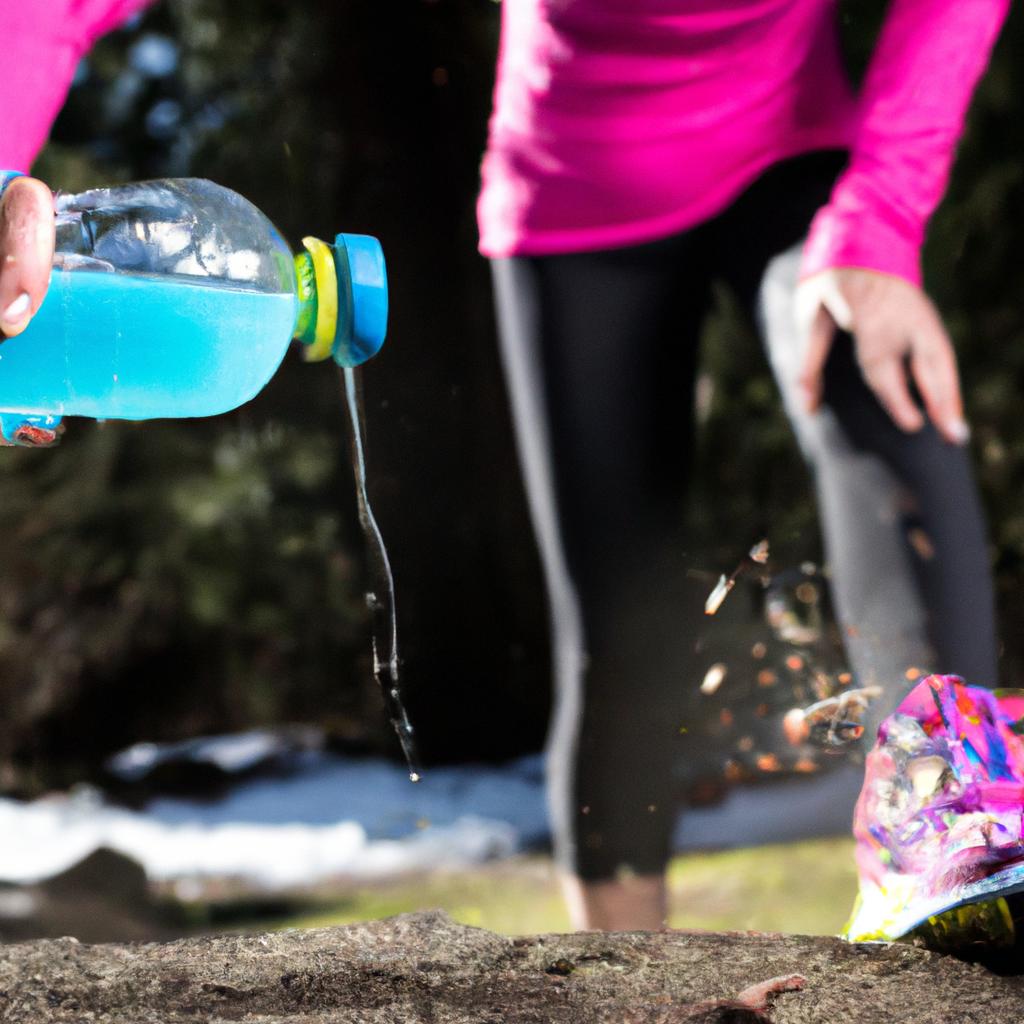Trail Running and Nutrition: Essential Fueling Strategies for Long-Distance Races in Varied Terrain
Trail Running and Nutrition: Essential Fueling Strategies for Long-Distance Races in Varied Terrain
Trail running presents a unique challenge. Varied terrain tests your endurance and strength while nature offers a refreshing backdrop. To perform your best, develop a solid nutrition plan. Proper fueling strategies significantly enhance your long-distance race performance. In this blog post, we’ll explore essential nutrition tips, exercise advice, and health benefits for trail runners.
Nutrition Tips for Trail Runners
Understand Your Carbohydrate Needs
Carbohydrates fuel long runs. To maintain energy levels, consume enough carbs before and during races. Aim for 30 to 60 grams of carbohydrates per hour while running. Use sports gels, chews, and energy bars for convenient, easy-to-digest options. Whole foods like bananas, dates, and rice cakes also provide quick energy.
Experiment with different carbohydrates during training runs. Understand how your digestive system reacts to various foods under running stress.
Stay Hydrated
Hydration impacts your performance, especially during long races. Dehydration severely affects endurance, focus, and overall performance. Drink water regularly, especially during long runs. Aim for 500-700 mL of fluid per hour, adjusting for sweat rate and environmental conditions.
Consider electrolyte drinks to replenish lost minerals. These drinks prevent cramps and fatigue, especially in hot and humid conditions. Always listen to your body; drink when thirsty and take periodic sips to maintain hydration.
Plan Your Pre-Race Meals
Your pre-race meal influences performance. Focus on easily digestible, carbohydrate-rich foods the night before. Whole grains, fruits, and lean proteins work well. Pasta with marinara sauce, brown rice with grilled chicken, or quinoa with vegetables provide necessary fuel without weighing you down.
On race day, eat a light breakfast 1-2 hours before your run. Oatmeal with berries, toast with peanut butter, or a smoothie effectively fuel your energy reserves. Avoid foods that may cause digestive issues, and stick to familiar options to prevent unwanted surprises.
Exercise Advice for Trail Running
Build Endurance Gradually
To excel in trail running, gradually build your endurance. Start with shorter distances and progressively increase mileage to avoid overtraining and injuries. Increase total weekly mileage by no more than 10% each week.
Incorporate long runs into your training schedule. Aim for one long run each week.
Conclusion
In summary, proper nutrition and hydration enhance trail running performance. Focus on carbohydrates, hydration, and pre-race meals for optimal results.
Below are related products to the topic if you’re interested:
FAQ
What are the best carbohydrate sources for trail runners during long races?
Trail runners should aim for 30 to 60 grams of carbohydrates per hour while running. Convenient options include sports gels, chews, and energy bars, which are easy to digest. Additionally, whole foods like bananas, dates, and rice cakes can provide quick energy. It’s essential to experiment with different carbohydrate sources during training runs to see how your digestive system reacts.
How much fluid should I drink while trail running?
Hydration is crucial for performance, especially during long races. Aim to drink 500-700 mL of fluid per hour, adjusting for your sweat rate and environmental conditions. It’s important to drink regularly, especially during long runs, and consider using electrolyte drinks to replenish lost minerals and prevent cramps and fatigue.
What should I eat before a trail race?
Your pre-race meal can significantly influence your performance. Focus on easily digestible, carbohydrate-rich foods the night before, such as whole grains, fruits, and lean proteins. On race day, eat a light breakfast 1-2 hours before your run, with options like oatmeal with berries, toast with peanut butter, or a smoothie. Avoid foods that may cause digestive issues and stick to familiar options to prevent surprises.















Post Comment